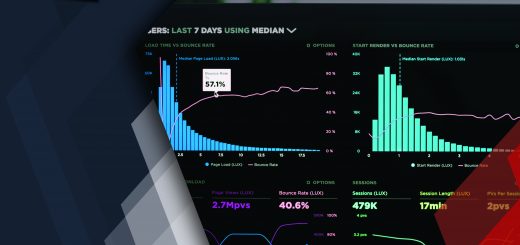How Can the Licensee And Licensor Be Benefited in Patent licensing ?
How Can the Licensee And Licensor Be Benefited in Patent licensing? Patent and royalty related to IP is frequently discussed while negotiating for a license of a protected invention. Sometimes it can be hard to recognize the process of installments, or even how to estimate the royalty. In order to ease the decision making and save you from the unnecessary troubles, this below piece of information will give you a brief view of the issues that emerge while discussing the royalties and the license fees.
How should you estimate royalty rate?
A usual practice of paying rolling royalties is based on the performance. They are either calculated as a percentage of the licensee’s net sales, or a sum for every unit of authorized item sold.
However, the general and most important question of “what the rate should or per unit sum are” is the main concern. This is a typical inquiry and frequently hard for an individual associated with a license negotiation to know where to start. To maintain a strategic distance from unnecessary guessing a figure game, it’s best to apply an approach for estimating a royalty value.
The cost approach
The percentage of royalty is set at that level where, the owner of the patent can be reimbursed for its IP processing, R&D and patenting cost in the due course of the license duration. This methodology of accounting of cost is the first step of valuing for royalty and is solely focused on the financial investment made by the owner. It fails to assess the real market estimation of the licensed innovation.
The equivalent market approach
This methodology use a comparative tool and estimates the royalty value based upon the royalty charged by others in similar deals for similar advances. The undeniable issue with this approach is that it can be hard to discover the current and concrete information for license deals and advances that are associated or relevant to the protected product.
The pay approach
Royalty is a share of the profit the licensee receives for taking a license and commercialization of the authorized items. The most widely recognized approach is the ‘25% rule’. According to this guideline, the IP proprietor is qualified for 25% of the licensee’s profit produced from commercialization of the authorized items. It must be determined that whether the 25% rule is to estimate from the percentage of net deals, or a cost for each unit of authorized item sold.
One must be careful while calculating the royalties on basis of the net profit sale since the profits can frequently be controlled by utilization of inventive accounting techniques. To make the best out of this rule, the IP proprietor must review the licensee’s revenue and costs and request a business strategy for the success of the invention that incorporates income and cost projections for the duration of the license.
Different types of Royalties and scenario
The different types of royalties associated with licensed innovation can be chosen from
- Set sums (to be paid periodically), or
- One time upfront payment, or
- Periodic payments based on a percentage of the sale revenue or services.
Generally, depending upon the negotiation between both the parties royalties are a combination of the above types of payments.
- Royalty Triggering Event – The triggering of the royalty event occurs when a stressful situation is developed between the Patent licensing parties with regards to the nature and timing of the event. The first side of the event is when licensee wishes to pay the licensor on the sale of the item or after receiving payments from its clients. Further, the licensee desires not to pay any royalty if the protected innovation is used in quality control and product testing. The second side of the event is where the licensor desires to receive the royalties at the early days of the production by the licensee, regardless of the sale or usage of the product and independent of the revenue generated by the licensee.
- Royalty Base – Royalties can be estimated as a percentage of sales, yet frequently few items are used and sold as a major part of a bigger item. In such a case, one must decide the worth of the protected item to the whole product for determining the royalties.
- Varying Royalty Rates – According to the law, a royalty rate is neither too high nor too low and the rate of the royalty is entirely in light of transactions between the parties. For non-exclusive licenses, different reasons may lead to the negotiated royalty variation from licensee to licensee. In case of a first licensee entering into a market, the licensee may not be willing to tackle or undertake a risk related with different market domain without inclining towards a greater profit / benefits for itself. On the other hand, in the same situations licensor might be willing to settle with a moderately low royalty rate for encouraging its product entry into the commercial sector. Similarly, a licensee may settle for an arrangement of higher or lower rates for the reduction or expansion of some different terms in the license.
Sagacious IP provides royalty services that provides guarantees to our customers’ about their financial interests by assisting them to manage the risk of underpayment and giving suggestions about how a licensee can enhance their consistence with an agreement for the advantage of both the parties.




